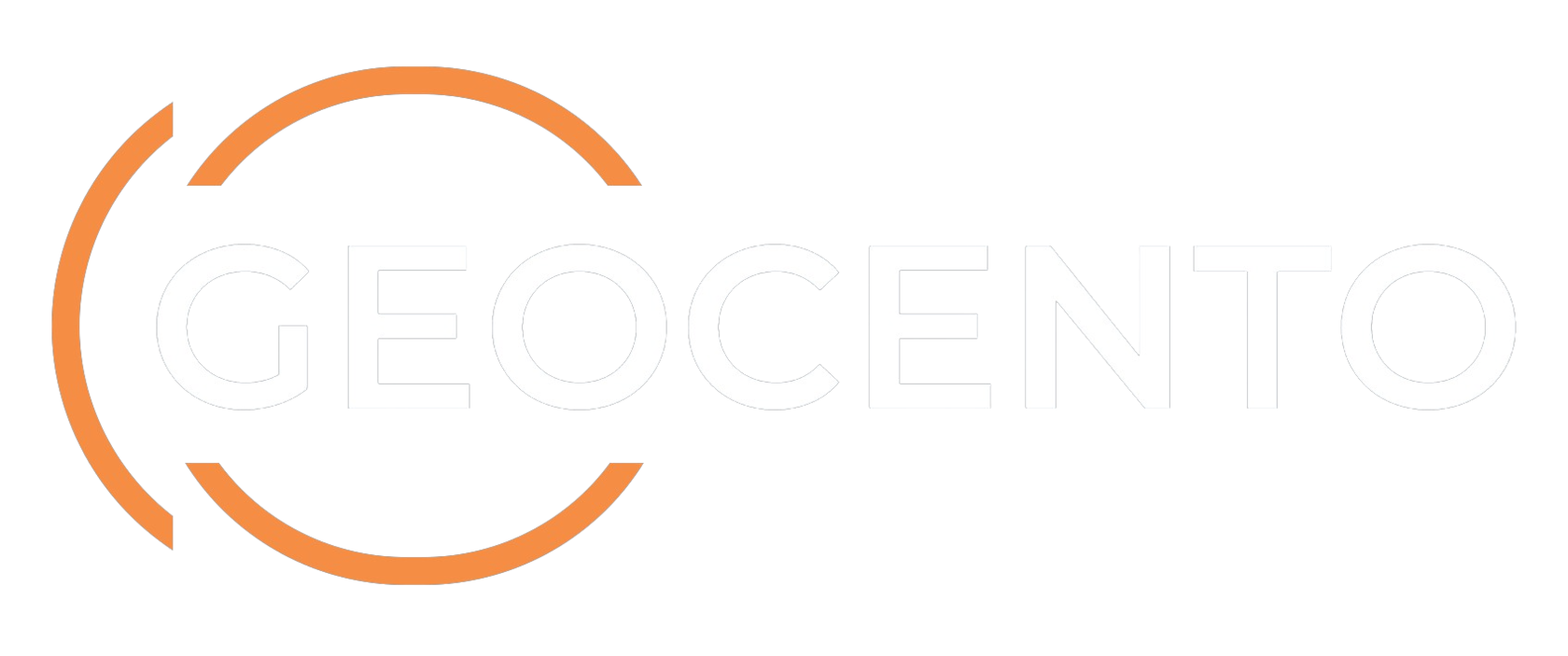Helping farmers manage their crops
CASE STUDY

With the unprecedented growth of the global population, it is paramount for agricultural services to operate with maximum efficiency. Satellite images are becoming more frequently employed to monitor agricultural activities, providing important data which details objective estimations of crop conditions and yields.
Optical satellite sensors can detect visible and near-infrared wavelengths of light, reflected from agricultural land below. It is these wavelengths which combined, can be manipulated to help us understand the condition of the crops. Satellite images also has the added advantage of being able to monitor very large areas, obtaining vast amounts of data in a fraction of the time that it would take on the ground.
We at Geocento have developed EarthImages, a platform which allows you to search and order both past and future satellite images. Using EarthImages, agronomists and other agricultural specialists have the opportunity to obtain regular acquisitions of imagery to monitor their crops as they grow.
From north-west Texas to the south banks of the River Ganges (below), crop monitoring is a vital process to ensure that those who depend on these crops will have an adequate food supply when it comes to the harvest.
Optical satellite sensors can detect visible and near-infrared wavelengths of light, reflected from agricultural land below. It is these wavelengths which combined, can be manipulated to help us understand the condition of the crops. Satellite images also has the added advantage of being able to monitor very large areas, obtaining vast amounts of data in a fraction of the time that it would take on the ground.
We at Geocento have developed EarthImages, a platform which allows you to search and order both past and future satellite images. Using EarthImages, agronomists and other agricultural specialists have the opportunity to obtain regular acquisitions of imagery to monitor their crops as they grow.
From north-west Texas to the south banks of the River Ganges (below), crop monitoring is a vital process to ensure that those who depend on these crops will have an adequate food supply when it comes to the harvest.


Above: North-West Texas near the town of Edmonson. In the warm climate of Texas, centre pivot irrigation is an important agricultural method used to conserve water. With earth imagery, farmers can remotely monitor large areas of crops to see whether more or less water is needed to help improve productivity. Images: SPOT-5 HRG1 (Airbus).
Above: The south banks of the River Ganges near Patna, East India. Many people here rely on the agricultural productivity of rice, wheat and maize for not only an income, but also for their personal diets. Images: Pleiades-1A (Airbus)


Continue reading
As a partner of the Satellite Applications Catapult led EASOS project Geocento was involved in forest protection initiatives in Malaysia where illegal logging is known to take place...
Critical habitat protection for wildlife with EarthImages
The African Wildlife Foundation uses the Geocento EarthImages platform to access high-resolution imagery for land use assessment in relation to the viability of critical wildlife corridors...
Having used satellite imagery for the last 20 years, Jimmy Wilson, a forester at ECKY Surveys in Scotland, wanted to explore how Geocento could assist him with his most recent project...
As a partner of the Satellite Applications Catapult led EASOS project Geocento was involved in forest protection initiatives in Malaysia where illegal logging is known to take place...
The African Wildlife Foundation uses the Geocento EarthImages platform to access high-resolution imagery for land use assessment in relation to the viability of critical wildlife corridors...

